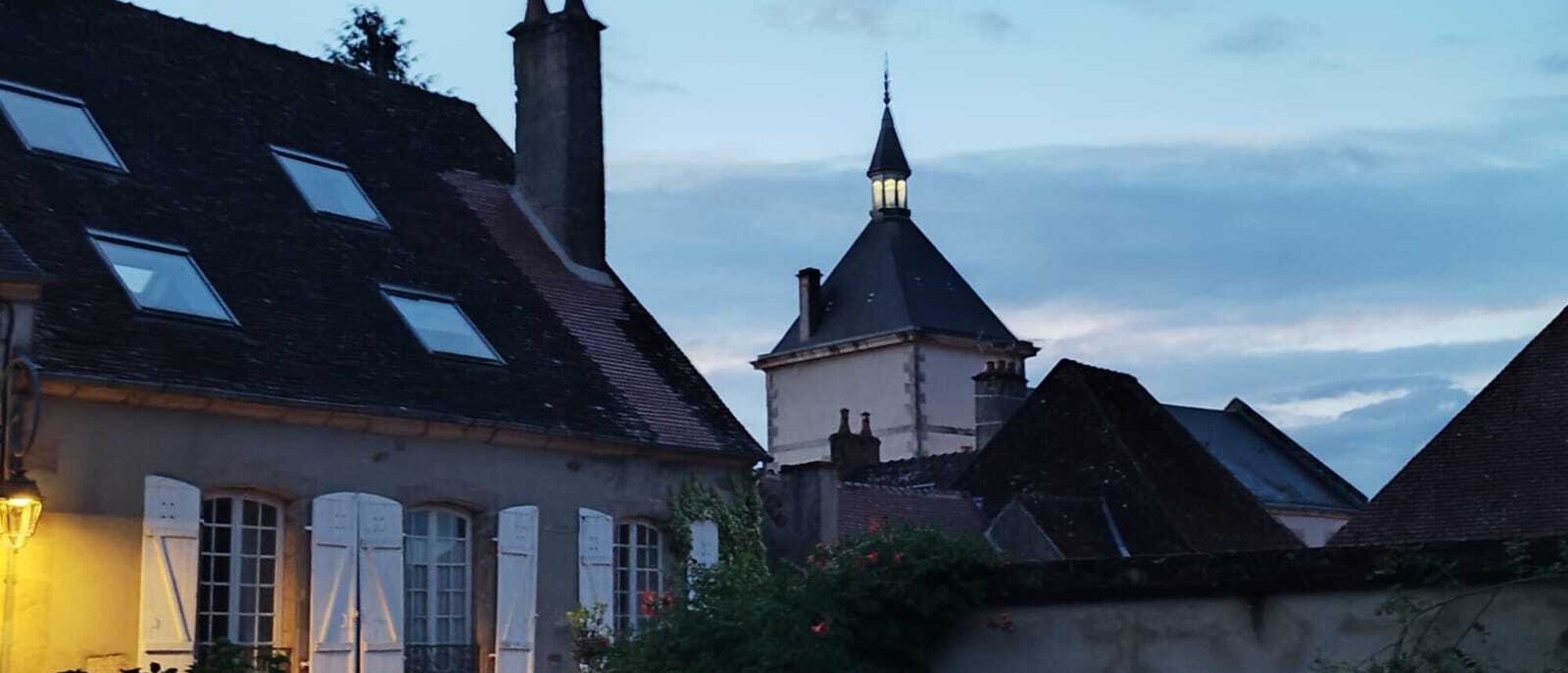
Two main periods forged Boussac: the Berrichon-influenced medieval period for its fortifications, and the 18th century for economic and architectural development.
Boussac is dominated by an impressive castle, the Château de Boussac. It is the stronghold of the north-east of Creuse, whose rich past can still be seen in the streets and on the façades of houses with their spiral staircases and wrought iron balconies.
On its rocky outcrop overlooking the Creuse Valley, the Château de Boussac has had an eventful history.
Marshal of France Jean de Brosse, military companion of Joan of Arc, built the castle in the 15th century. Following him, many famous people stayed in Boussac. The 19th century novelist George Sand beautifully described this part of Creuse and more precisely the castle, where she regularly stayed.
She said, “The Boussac castle is half in the city and half in the countryside … [It] plunges into the perpendicular rock that carries it to the bed of the Petite Creuse, and overlooks an admirable site…” She also wrote in her famous novel Jeanne: “It is irregular, graceful and pretty in its simplicity.”
It is within its walls that the world-famous tapestries of La Dame à la Licorne (The Lady and the Unicorn) were also discovered. A series of six tapestries filled with symbolism, they are now displayed at the Cluny Museum in Paris.
The construction of the Turreted House, opposite The Vincent B&B in rue de la Cure, took place according to a rectangular plan in the 15th and 16th centuries. The Château de Boussac is a stone's throw away, so the story that the Turreted House accommodated the castle’s stewards is plausible.
The Turreted House was remodelled in the 18th century, when its openings were moved upwards and enlarged. On the rue de la Cure side, two turrets clearly demarcate the building. A staircase with straight flights starts at the east corner to serve the floors. The fireplaces and the decor of the two rooms on the ground floor are classified as monument historique.
